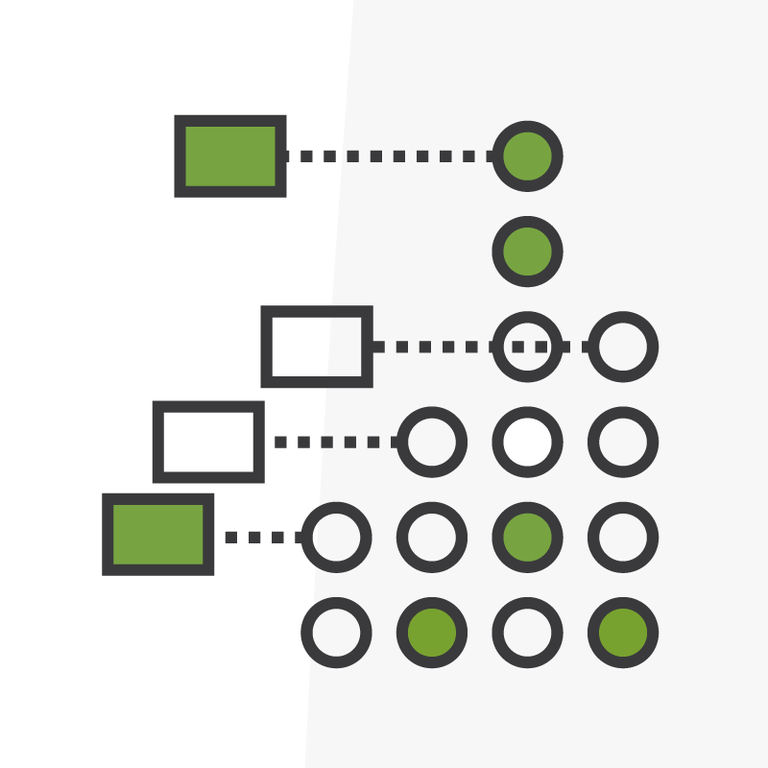
Analyzing Salesforce Analytics Edition
I was planning on writing this blog post as a review of the Analytics Edition because I had access to it in a Spring 12 pre-release org. While I was in the process of planning this post something crazy happened - Salesforce announced that Analytics Edition was no longer going to be an add-on license. It was going to be released as part of the regular Spring 12 upgrade. This was announced via a blog post by George Hu on January 31st, 2012.
Preview
Before writing my review I think it’s worth rewinding the timeline a few months to follow the events that have transpired leading up to the announcement made in the aforementioned blog post. A few months back when Analytics Edition was announced there was always going to be a price associated with the enhanced capabilities. The price was not announced immediately but it was later made public at $40 per user per month. The kicker on all of this was that you couldn’t purchase it for only a few users in your org, it was all or nothing. So, if you have a 100 person org that would add an additional $4,000 per month to your Salesforce subscription costs; even if only a fraction of your end users actually create and use reports.
This revelation caused an uproar across all the Salesforce communities out there - blog posts, Twitter backlash, Facebook, Dreamforce App, and ad-hoc communities all over the place. You have to give Salesforce some credit here for walking the walk and being a Social Enterprise. They were clearly listening and were feeling the heat and the valid complaints made by customers and partners alike. Not only were they listening but they took action and now Analytics Edition is included as part of the Enterprise and Unlimited edition licenses at no additional charge.
What is Analytics Edition?
Analytics Edition is at it’s core the ability to within the native Salesforce Report Builder build out more complex reports and analytics. Salesforce has long had a gap in their reporting capabilities and Analytics Edition closes some of those gaps by including Cross-Filters, Multi-Table reports, and ad-hoc Buckets. These are the top three features that I see coming out of Analytics Edition. Let’s break these down feature by feature.
Cross-Filter Reports
A good use case for a cross-filtered report is a report that can return something like All Accounts where there are open Opportunities that do not have any Open Activities on them. Essentially what these types of reports allow you to do is bring back exceptions or “things without things”. These reports are extremely useful for finding out where there are stalled out sales Opportunities or keeping a good handle on your data quality.
Multi-Table Reports
The multi-table report can be considered an outer-join type of report. Using multi-table reports you can create amazing Account level scorecards and group all tables by common fields. A good example might be creating one report that has tables for Account data, Contacts, Open Cases that are critical, and Open Opportunites all grouped by the Account Type and Account Name. Using this report I can see all of my top tier Accounts and see how many open Cases I have which may have an impact on closing out some of those sales Opportunities.
Bucket Fields
This is my absolute favorite new feature coming in Analytics Edition. While it’s not as flashy and likely not as highly requested as the cross-filter or multi-table reports, I feel it has some fantastic business value and will be the most widely used feature by the “typical” end user. Buckets allow users to create ad-hoc summarizations or light weight pivots on any report. Consider that you have a currency field on your Accounts called Account Value. In your business you value all Accounts in three groupings - small, medium, and large. This value is based on ranges of their Account Value field. Using a bucket field in a report you can create a custom grouping field called “Value” that can have custom ranges so that you can truly report on how many Accounts are small, medium, and large.
Build Some Reports
On February 12th Analytics Edition will hit Enterprise and Unlimited Orgs near you. I highly recommend going in and trying to create some of those reports that you’ve been wishing you could create for the last few years because it’s likely that the gap you were hitting up against has been filled.
If you’d like to discuss in more detail please feel free to tweet me at @JustEdelstein or comment on our Facebook page at www.facebook.com/arkusinc.
